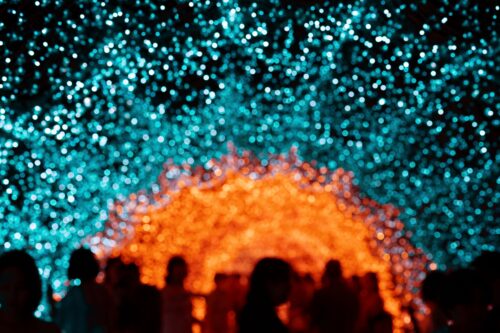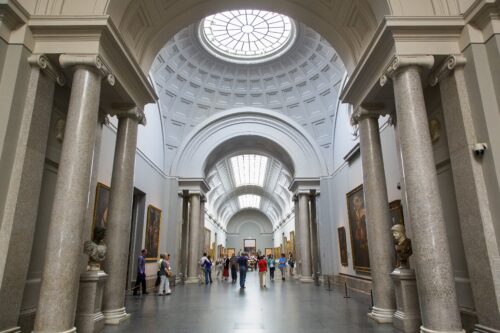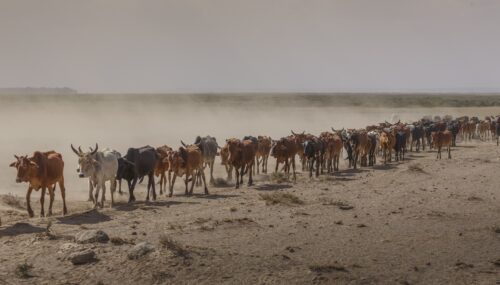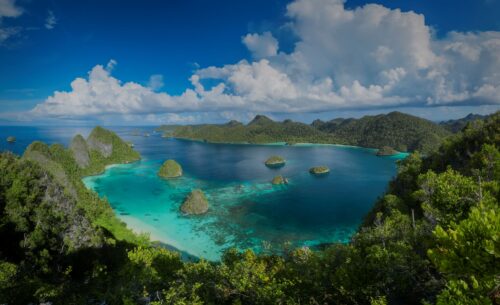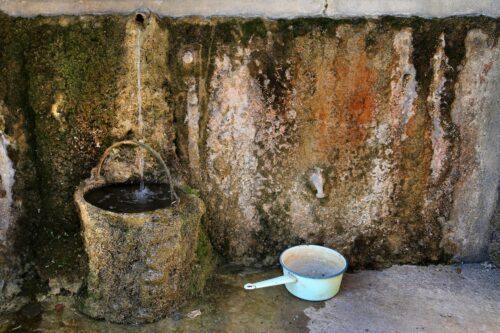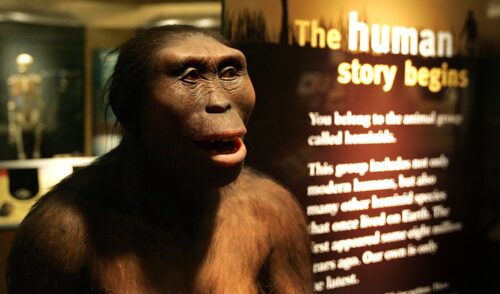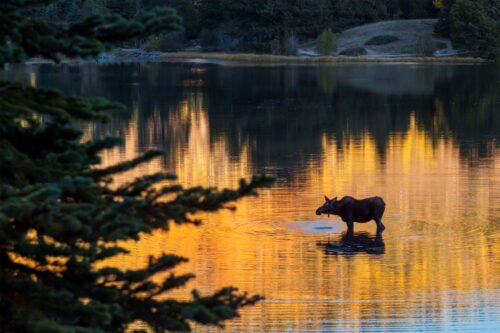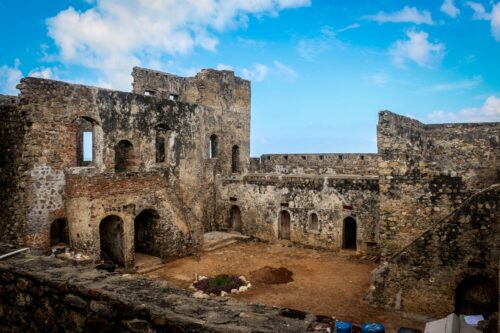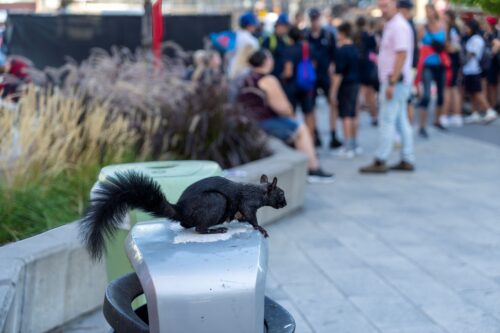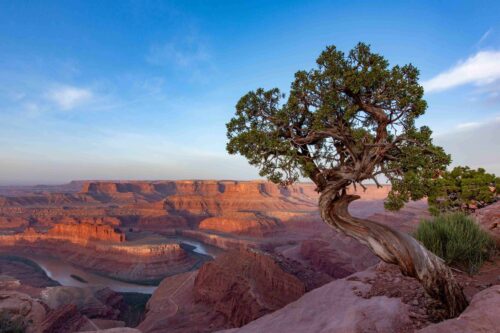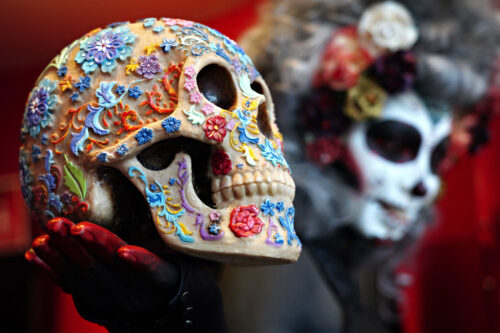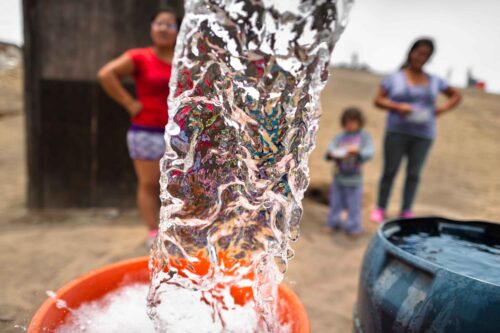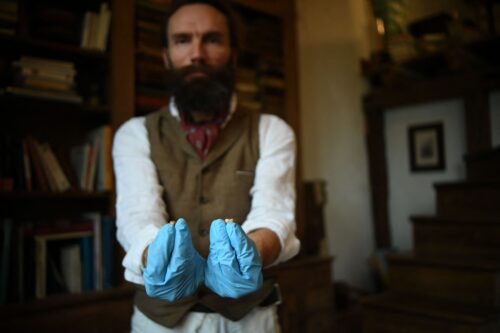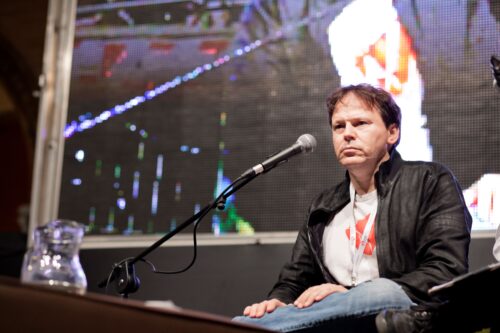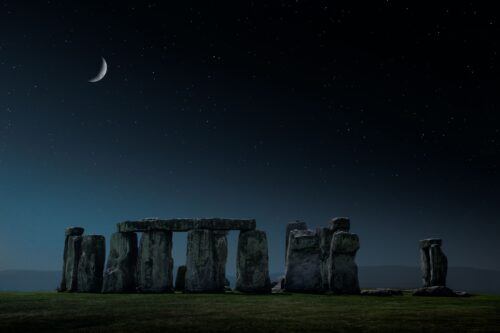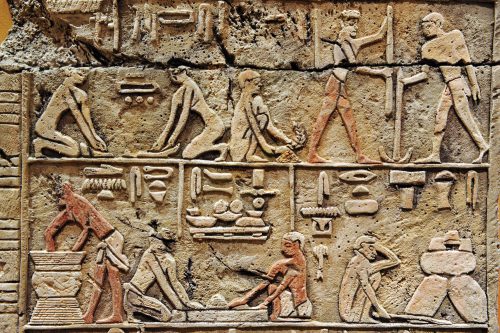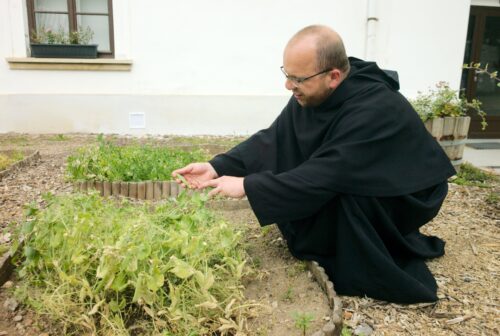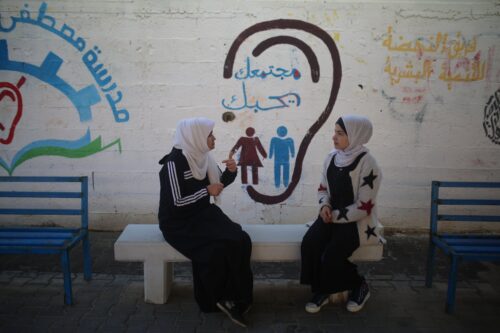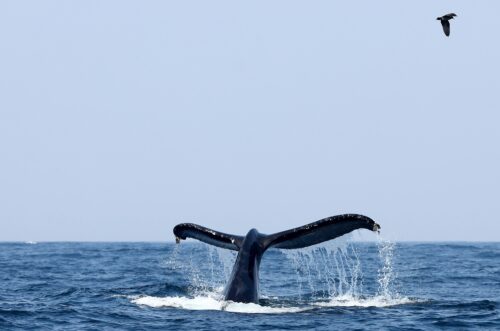Heart of Stone
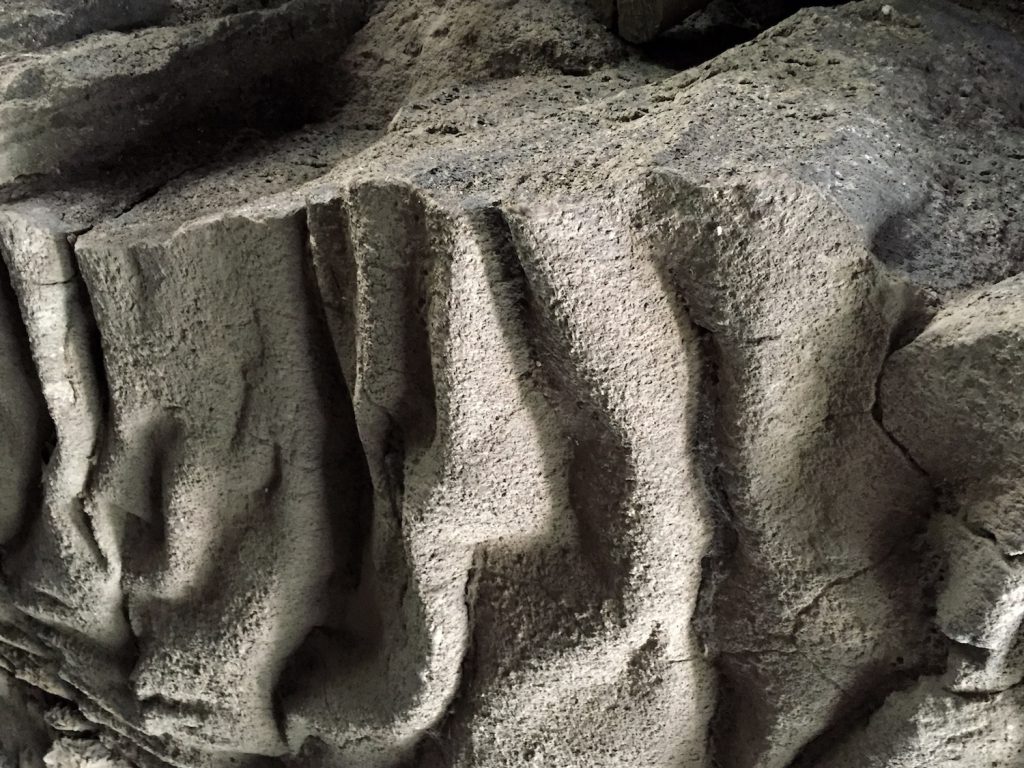
“The world is thus ‘animate.’ ‘We’ are not the only kind of we. The world is also ‘enchanted.’”
—Eduardo Kohn, How Forests Think: Toward an Anthropology Beyond the Human
Anthropologist Eduardo Kohn writes, knowingly or unknowingly, an incantation in his book How Forests Think. But also, he expresses a certainty many of us had as children: The world is animate. A tree trunk, a spiderweb, and a stone, for example, are indeed actors, in the sense anthropologist and philosopher Bruno Latour has proposed. They impact our behavior, force our engagements to their form and materiality, and in so doing, show us who and what we are.
I look toward the ground that sustains me and ask: What am I standing on?
I grew up in houses built on top of igneous rock: the congealed shape of lava a volcanic eruption spread out over what is now the south of Mexico City, known locally as El Pedregal (a place of stones). I climbed, hid, and scraped my knees on a stone I could see breathing.
Now, as an adult, I can no longer see it rise and fall like the chest I once thought it to be—but it is no less enchanted. Landscapes, after childhood, are mirrors, and our attention to them, in this case, to the many stories of colonialism, racism, extraction, and overall violence that have played out on this stone, can make us more attuned to the ground on which we stand and the part we play on and with these places.
My poem “Heart of Stone” begins with lava as a liquid—the amniotic fluid of monsters. The Xitle volcano erupted around A.D. 245–315, pouring the molten rock across the landscape and setting the stage—the stone—for the myriad human and more-than-human stories I set out to recall. The life-forms that have been drawn there mimic the harshness of the stone: snakes, cacti, mercenaries, and explosives. The life-destroying powers of the volcano and the life-giving powers of the land seem to chase each other through time.
The Boturini Codex, also known as the Tale of the Mexica Migration, tells the story of the Aztec people’s migration from Aztlán (somewhere in contemporary northern Mexico) in the 1100s under the guidance of their god Huitzilopochtli. He is represented as a hummingbird—a frightful and iridescent god of war, the sun, and human sacrifice who, according to the tale, guided the Aztecs south across the land and into what is now Mexico City. Around that time, much of the area was in fact a lake around which several kingdoms had been established.
The Aztecs, who had a reputation as brave and fierce warriors, were nonetheless foreigners in a new land and became a kind of slave caste to the lords of the lake. Though at first, they were useful to the locals, their strength also posed a risk. After some time, they were offered a piece of land of their own—a devious move on the side of their masters. The Aztecs reallocated to the area covered in volcanic rock: barren, rough, and populated by poisonous snakes. Despite all odds, years later when the lords of the lake kingdoms arrived expecting to see their former subjects dead or significantly diminished, they found them stronger: The warriors were feeding on the poisonous snakes their former rulers had counted on for their demise.
The Aztec Empire rose and displaced their former masters. They left the lava field and established themselves at the lake, founding the great city of Tenochtitlan. Ferocious battles paved the path to a bloody rule of extensive human sacrifice and extreme cruelty—what became, for me, fodder for my childhood fears. Their empire fell in the early 1500s with the arrival of the Spanish and their varied uses of violence—a matter that also haunted me in equal measure. They brought gunpowder and biological warfare, tore gods from their pedestals, and burned holy books. They imposed a strict caste system that resulted in an ongoing, implicit, and pervasive system of racial segregation—the kind of brutal but sanitized violence many of us have grown accustomed to.
In the mid-20th century, El Pedregal was popularly referred to as “the New Eden” and as “the ancient heart of Mexico.” Whatever footprints the Aztecs had left were long gone, and the place had become the kind of pristine wilderness that makes up colonialist dreams. In the 1950s, with modernity in full swing, the wonders of industrialization enticed visionary urbanists to turn their eyes toward it and away from what was already becoming one of the world’s most populated cities.
Celebrated architects traced, blew up, and domesticated the stone to the point of making it habitable—and desirable—to the upper classes. They made concrete bloom, like cacti, from the stone. The most iconic expressions of Mexican architectural Modernism took place upon its surface. However, as with most of the ground below our feet, the stone, its agency, and its story have been nearly forgotten.
Six decades ago, my family—foreigners too—settled in El Pedregal. Our place was secured by the stories that have shaped the stone. We became new armored beasts in the landscape’s cycles of violence. My grandfather, along with many others, blew it up with dynamite: He had to build his home. A stone, for many, is just a stone. However, engaging with it in this way not only reflects but also nurtures a certain kind of relationship with it—and with the rest of our environment.
But, like life, always regenerating, this home has become a refuge pulsing with life. Equal parts sanctuary and school, this stone is where I have spent some of my most formative moments—dwelling on it and on its many stories. My sister, my cousins, and I grew up testing the limits of our young bodies on its surface. We ran, climbed, hid, and studied the variety of life-forms we shared it with. We found freedom, fear, shelter, loneliness, and comfort. We found the world was animate, even if we grew up to forget.
I ask again: What am I standing on?
This actor-stone is the whole world, the whole story, and yet, it goes unnoticed. When I ask this question, I ask it as an effort to bring to light the perversity of the age-old violence that enables each of us to exist as certain actors in certain places while managing to remain unnamed and sanitized. This lack of attention—and of memory—allows for various types of life oppression and destruction to continue. It perpetuates the inertia to not care for the things that sustain us.
“In the present of earthly bound naturecultures,” writes the scholar María Puig de la Bellacasa, “the care and neglect that have been put in circulation in the past are still in circulation, effects and consequences transmitted across more than human entanglements.”
“Heart of Stone” is the story of a place—but most of all, it is a question: What are we standing on?
Heart of Stone
In the beginning, the stone belonged to the underworld.
The amniotic fluid of monsters until
The volcano spewed an avalanche of molten rock that ran over the pristine forest.
Mythical playground of the gods.
Harmony. Life then sweeping
Death.
The fiery river filled its belly with millennial trunks,
Smoke invaded the sky. Ashes.
Crisping branches wailed, proclaiming doom.
Fire then silence
Announcing a new world.
The stone never spoke after its first harrowing roar.
It is part caution and part secrecy but
Death never holds its sway for long.
Graceful, armored beasts slid over the cooled surface.
Their tongues zigzagging in and out of their mouths, tasting air, tasting stone.
Slithering in silence.
Lizards. Snakes.
They found their lairs inside cracks.
Indifferent to one another for anything other than violence.
Cacti sprung from squalid dust deposits.
Like their neighbors, indifferent to all but
Willing to shed blood upon encountering flesh.
Nine hundred years passed.
A hummingbird brought soldiers, mercenaries.
An affair everyone knows is
Not to be trusted.
Iridescent, their god watched his warriors become enslaved, knowing
[1]
[1]
I’ve chosen not to use proper nouns in my poem because I want readers to engage with the meaning of concepts rather than the names themselves and whatever they may represent. I aim for this kind of blank slate (“warriors” instead of “Aztecs”) to leave room to present the characters as universals—as archetypes common to human experience.
Their hosts’ hearts would one day burn with fear.
Exile, the kings decreed.
They’ll die. They’ll die.
The rulers whispered and snickered.
The earth is poisoned by the stone. The beasts are poisoned.
One bite. One prick. They’ll die.
How masters always gloat and wave
Their vanity with negligence.
The warriors, slaves no more, changed their skin, becoming reptile.
Becoming stone.
Grew thorny limbs
Waving obsidian blades that cut through bellies and spilled out guts.
Blood. Like red roots traveling the stone, whose surface partnered
With human weapons to
Crush skulls, snap bones in two.
Volcanic violence
Enabled by the ground below their feet.
The former slaves
Became kings, grinning with forked tongues.
Victory.
But doom never ceases its hunt.
Self-proclaimed gods from the East sailed into this new world in which
Their monstrosity found its match.
Kings fell and spilled their blood where they had celebrated their invincibility.
Beasts cloaked in steel galloped, crushing warriors, gods—the sun itself.
Apocalypses are always plural.
Worlds ended, and with them, the words that had named the stone, the snake, the beating heart in the priest’s hand.
Darkness came.
But, as always,
Life did too.
Amnesiac survivors began to sprout
Oblivious to their debt, oblivious to
The sacrificial ground.
The wind blew a river in the sky.
It left particles of earth, like silt, to find their home in crevices.
It brought seeds
Migrant eggs of crickets
Tarantulas
Woodlice hard as their new home.
Minuscule sprouts became ferns
Herbs of grace
Wildflowers.
A higher bet:
A tree. Black cherry.
Shy buds placed their bets on life, and the stone complied.
The roots followed the sharp fissures in the stone
The former paths of blood.
Then pines. Cathedrals.
The stone.
The altar.
The temple.
The sad branches of pepper trees grazed the holy ground of life and death.
Life or death.
Of the dead cold stone that harbors all of life.
I too was born inside this stone.
When it sleeps, thunderstorms gallop above it.
They sound like its birth and shine like its mother.
Divine, she
Pours lakes coveted by winged gods.
Pools form as an echo of the paradise that is and also
Never has been.
And, we are given hope—moss.
Emerald green and bright.
Harmless. Hospitable. Holy.
Minuscule, it
Wraps in velvet skin the stone that
Ripples like draped fabric
Where I’ve been
A speck of dust. Diminute
Underneath the canopies of moss.
Life there seems, at least,
Eternal.
But
The stone is also memory.
It knows too well that
Gods can also die.
And heartless, it has
Seen us weep.
Get down on our knees to beg—it scraped them.
I bear the scars in tender lumps of flesh.
When 5 years old, it said to me, your body
Is made of meat and bones, and
Solid ground
Remembers motion.
Since then, I
Hint frailty below my feet.
Fear the memory of seismic forces, and yet I
Keep asking questions.
I venture
Inside its caves, where
Ancient dust lurks in every nook, in every pleat.
Spiderwebs dangle like silk where I’ve learned
Fear is: not knowing.
A pair of bright black eyes behind the curtain of darkness.
Rats. Spiders.
The snakes that poisoned kings.
The earth that shakes and widens the thin crack in the stone.
I fall into its entrails but don’t yet
Return to the womb,
To the time before danger. No.
I see a kingdom of ash.
Decaying corpses and crawling demons.
The realm of the gods of the underworld is memory—
The place we go to pay our debts.
You see, the stone is the whole world and also
The stone is nothing. Just a stone, they say.
A stone, I say. A book. An incantation.
A home. Our home. Our heart, but men
They always come with weapons, like
The blind snake monster who cannot but
Eat himself.
You see, I say Time, and the stone cuts the palms of my hands.
I’m sorry, I say, meanwhile
My grandfather blasts the stone with dynamite.
You see, I am inside the stone, inside the womb.
We are, forefathers and mothers and children.
A roar again, its death
Its birth. Its twin.
Opaque gods withdraw their bets on their creation.
Life recoils as
My father pours cement upon the broken stone.
They don’t know any better, the women say. As if they did.
It is Progress. It is absolute, they say, but
You see, the stone scrapes my knees all the same and
The moss grows no more, and the lizards are gone and now
Even the snakes carry fear in their hearts.
You see, I say, wait. It is the Heart.
It is the Heart of the Earth.
Yes, they say, but
It is much easier to wash off blood now, as they
Hand my daughters and I each
A broom and a bucket.
